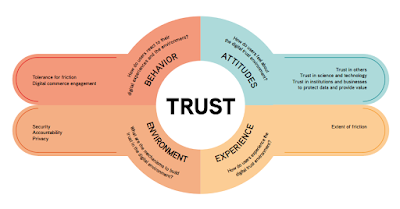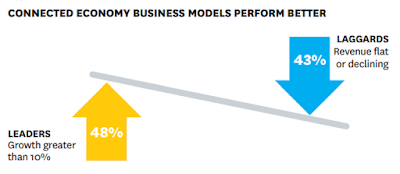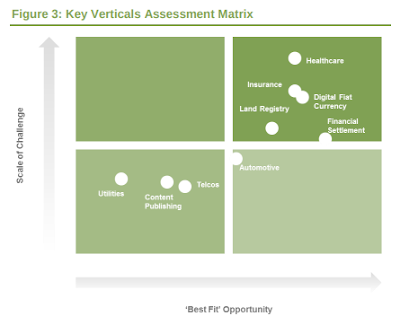
CIOs and CTOs are developing comprehensive hybrid IT infrastructure models, in response to growing demand from CFOs and line of business leaders that request access to applications hosted via both on-premises private cloud and off-premises public cloud offerings.
That’s why savvy technology leaders must therefore align with the most qualified vendors and service providers that enable them to manage and support these complex multi-cloud scenarios. Furthermore, the chosen provider must demonstrate vertical industry knowledge and prior experience.
A major shift is taking place in how enterprises select their financial management applications, with a migration to cloud applications happening faster than expected, according to the latest worldwide market study by Gartner.
Multi-cloud service market development
A recent Gartner survey of senior finance executives found that by 2020, 36 percent of enterprises will use the cloud to support more than half of their transactional systems of record (SoR) requirements.
Gartner surveyed 439 global senior financial executives (including 410 who had implemented cloud strategic and financial corporate performance management solutions) from January through March 2017 to explore their technology perspective, influence of IT, needs and priorities in technology investment.
Key findings from the survey include:
- Organisations of all sizes are moving to cloud solutions, such as core financial applications, for transactional systems of record.
- Cloud momentum is consistently higher across financial business applications year-over-year.
- Business analytics and enterprise business applications continue as top investment initiatives for senior financial executives.
According to the survey, smaller and midsize organisations are adopting cloud services more rapidly than larger organisations, with 44.6 percent of smaller organisations, 37.7 percent of midsize enterprises and 40.4 percent of large organisations planning to move to the cloud over the next three years.
“We have found that most clients asking about these financial business application markets are solely interested in the cloud option,” said John Van Decker, vice president at Gartner. “Many enterprises that currently run on-premises solutions want to move to newer solutions that put more control in the hands of the end user, and reduce the effort required when compared with on-premises upgrades.”
Gartner has found that the human capital management and procure-to-pay markets have already been migrating their business applications to the cloud, while the office of finance has been slower to move.
However, things are changing for the finance organisation. CFOs are usually more conservative about moving their data to the cloud, however, given the current change in the market there will be a steady migration over the next five to 10 years.
Outlook for multi-cloud service adoption
Multi-cloud solutions are still developing and do not have uniform capability to meet the needs of all industry verticals, company size and local markets. CIOs and CTOs will need to do their due diligence when evaluating integrated cloud solutions in these markets.
“The Gartner survey showed that 93 percent of enterprises see the cloud being utilised for half of enterprise transactions in the future,” said Van Decker.
According to the Gartner assessment, ongoing adoption of cloud services has changed the environment for financial management business applications. Vendors have responded with new and re-architected integrated platforms that incorporate cloud-based applications, and most have de-emphasised traditional stand-alone on-premises solutions.











